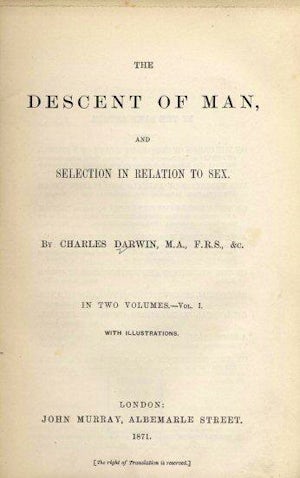
J. B. S. Haldane’s Callinicus, a Defence of Chemical Warfare is published in the To-day and To-morrow Series
1925. The initial contribution by British biologist and science popularizer J.B.S. Haldane (1892-1964), Daedalus, or Science and the Future (1923) to the To-day and To-morrow series of popular books began a decade-long tradition of describing the current status of some aspect(s) of science, technology and/or society, and forecasting a mostly progressive future. Callinicus (meaning “he who conquers in a noble manner”) was Haldane’s 1925 follow-up contribution to the series, originally a lecture delivered in Mürren (a mountain resort town in Switzerland) in 1924, given on behalf of Sir Henry Lunn (a famous British humanitarian, ecumenical religious leader and founder of the Alpine Ski Club, a travel-club for Gentleman skiers and mountaineers that grew into a successful travel agency). See the title page and selected reviews for Haldane’s contributions in the accompanying picture.
Callinicus is something of a one-off in the To-day and To-morrow series, in that it does not reference any other work in the series, although it was later to be considered a companion piece to Paris, or the Future of War (1925), by pioneering British armoured-warfare theorist Captain B.H. Liddell Hart, who greatly influenced German Blitzkrieg advocates like Guderian and Rommel. Haldane was commissioned as a second-lieutenant in August 1914, as a British infantry officer. After the introduction of gas warfare in April 1915, by the German’s (under the direction of Fritz Haber, director of the Kaiser Wilhelm Institute for Physical Chemistry in Berlin-Dahlem), Haldane was remobilized for Britain’s own chemical warfare program, and was involved in testing and advising the army on both offensive weapons and defensive countermeasures.
In Callinicus, Haldane makes the case for chemical weapons as a more humane, eugenic and ultimately more effective and efficient means of prosecuting modern warfare. In this bold advocacy, Haldane was facing an uphill battle, against the British press, who had propagandized against the ‘godless Hun’ and his poison gases, the fearful and scandalized public, and even his colleagues in the eugenics movement, who largely lamented modern warfare as dysgenic.
-Michael Kohlman
Bown, S. (2005). A most damnable invention: Dynamite, nitrates, and the making of the modern world. Toronto: Penguin Group (Canada).
Haber, L.F. (1986). The poisonous cloud: Chemical warfare in the First World War. New York: Oxford University Press.
Haldane, J.B.S. (1923). Daedalus, or science and the future. London: Kegan Paul, Trench & Trubner.
Haldane, J.B.S. (1925). Callinicus, a defence of chemical warfare. London: Kegan Paul, Trench & Trubner.
Hankins, F.H. (1925). Review of Callinicus, a defence of chemical warfare. Social Forces, 3(4), 802.
Russell, B. (1924). Icarus, or the future of science. New York: E.P. Dutton & Company.
Vilensky, J. (2005). Dew of death: The story of lewisite, America’s World War I weapon of mass destruction. Bloomington: Indiana University Press.
Russell, E.P. (2001). War and nature: Fighting humans and insects with chemicals from World War I to Silent Spring. New York: Cambridge University Press, 2001.
 1869:
Galton publishes Hereditary Genius
1869:
Galton publishes Hereditary Genius
 1871:
Charles Darwin publishes The Descent of Man
1871:
Charles Darwin publishes The Descent of Man